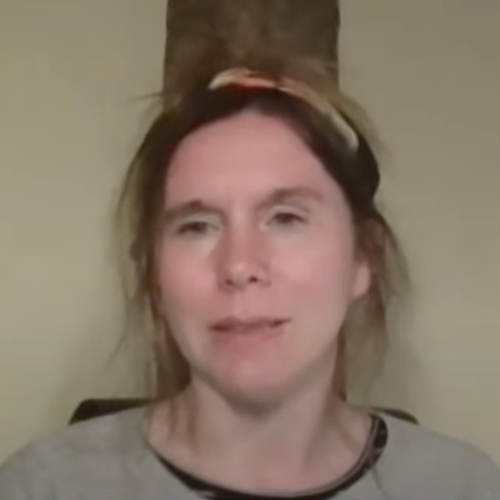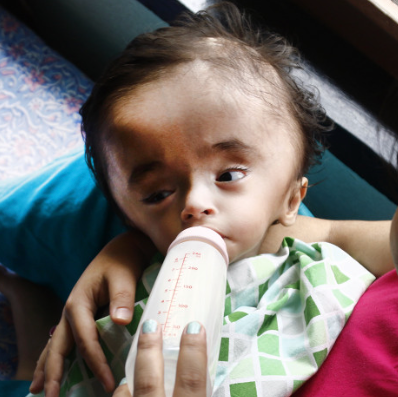Parker had grown up with 3 older brothers and 4 younger siblings and was not afraid of anyone or anything. He loved life and everyone in it. Parker had a tradition of buying a few dozen roses on Valentine’s day and handing them out to the girls at school that didn’t have someone to give them a valentine. At his funeral, many people told me of how he had helped them, from changing a tire in a snowstorm to sitting up with someone all night after they had told him about their desire to end their own life.
Parker’s hugs were legendary. He would always greet you with a big hug by wrapping his long arms around you and pick you up off the ground. Those hugs would melt away the day’s troubles because you knew someone loved and cared about you. (Especially for a mom with a lot of teenagers, hugs from your kids are the best!)
On that fateful day, I was sitting in church and my daughter leaned over and said, “Mom, look at your phone.” I got it out of my bag and saw a message from my daughter-in-law to call her. I texted her and asked her if I could call her in a few minutes, but as I was sending the text, she called me. I got up and left the meeting and answered the call. The first thing she said over her sobs was, “Parker is not breathing.” She said the ambulance was already there. I rushed back in and got my family and we drove the mile to their home. As we approached the house an EMT came up and told me it was too late. “What???” Too late for what? What happened to my son??? The police tried to tell me it was an overdose. “Really? That is what you are going to tell a grieving mother, this was an overdose??? Not my Parker, I told them”. He hated taking Tylenol or any medication to treat pain. He would often tell me when he had a headache that he was going to go lay down for a bit, or drink some water, instead of taking a pain killer. He was only taking this prescription because the doctor told him that a tonsillectomy surgery as an adult would be more painful and that he needed to stay on top of the pain so that he didn’t have any complications.” Parker would not have taken too many pills!
It was a bitter cold December morning as we stood in front of Parker and Madi’s home trying to make sense of what happened. We were being told that his death was a “rare occurrence, a firestorm of events that came together and caused his death.”
I asked myself over and over how could a healthy 21-year-old male could just go to sleep and not wake up? How does that happen? No one had any answers for me. I was devastated, I was not prepared, nor did I want, to bury my child.
Parker and Madi had come to our house the night before around 6 pm and delivered a Christmas gift for us. I was thinking how on top of things this new couple was, they had been married only three short months. We were able to visit for a few minutes and then they were off making the rest of their deliveries. This was the last great big bear hug that I received from my son.
Madi, Parker’s wife described to me later what happened on their last night together. They had spent the day putting up their first Christmas tree. It looked beautiful. When they arrived home that evening, Parker wrapped his gifts to Madi and put them under the tree and told her that he was feeling tired, so he was going to lay down in the bedroom. This was around 8 pm. She finished taking care of the decorations and then went to bed. Parker woke up around 1 am and she went into the kitchen to get him a pain pill. Madi was very meticulous about recording what time Parker took his medication and how much. This helped us later as the Coroner proved that Parker had only taken half of the prescribed dose of his medication. They laid in bed that night talking for an hour before they both drifted back to sleep. They spent the time talking about their future, what they wanted to name their children and the exciting events they had planned for the holidays. No one knew that we would spend that Christmas with broken hearts burying her beloved husband, son, brother, grandson, nephew and friend.
Madi was up early the next morning and let Parker sleep to help him recover more quickly. She went in to wake him up for church at noon and could not get him to respond. She tried doing CPR but was told when the EMT’s arrived that he had been gone too long and that they could not revive him.
Only a few days later, a good friend of mine told me that this same thing had happened to a 3-year-old neighbor that she knew. I called and spoke to the mother. She told me her heart wrenching story. This got me thinking that this was not a “Firestorm of events” after all… How does a 3-year-old female and a 21-year-old male, both tonsillectomy patients, die the same way, a few days after the surgery, both found dead in bed? Within a year of each other? I started researching online and found many other stories about this happening to at least 5 in our valley within the last two years and many across the United States.
Three weeks after my son’s death, my daughter-in-law told me of a 15-year-old girl that lived less than a mile from my home that was saved because Dr. Catten (Parker’s doctor) had given her a pulse-oximeter to take home with her to monitor her oxygen levels. We went and visited with Amanda and cried right along with her as she told us her story. Her parents had been watching the monitor closely, but it was a model that did not alarm when her blood oxygen levels dropped below a safe level. After two long days of recovery and everyone was exhausted, her parents decided to have her sleep between them. At 3:45am her mother last talked to her and she seemed to be doing fine, at 4:00 am her mother suddenly awoke to find her daughter not breathing and not responding to any stimulation. They immediately began CPR and called for an ambulance, she started breathing and regained a pulse 2 times and then she would be gone again. Finally, the EMT’s revived her with 4 doses of Narcan on the way to the hospital and more upon arrival. She spent several days in the hospital recovering from the effects caused from going without oxygen. We learned from her experience that this kind of death can happen so quickly, but your body gives you signs plenty of time in advance if you use a pulse-oximeter or proper monitoring.
I learned of another near-death story of a woman in her 30’s that had had a tonsillectomy and was living in Idaho at the time. This had occurred 3 months before my son’s death. A couple days after the surgery, she laid down on the couch to rest and later was found unresponsive by her daughter who called the EMT’s and they were able to save her mother. She was treated at the hospital for pneumonia, she was told that she must have had it before she had her tonsils out, she said that she did not.
A young mother with 4 small children here in Vernal, Utah is lucky to be alive after taking pain medication for her tonsillectomy. Her husband had set a timer for every 4 hours to give her the dose prescribed by her doctor. At 5 am when he went to give her the medication, he was unable to wake her up and an ambulance was called, and thanks to the swift action of the ambulance crew, she is still with us.







